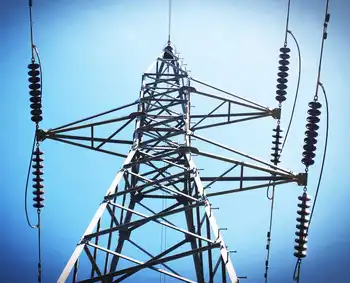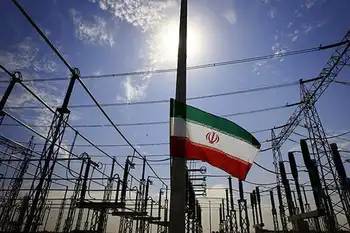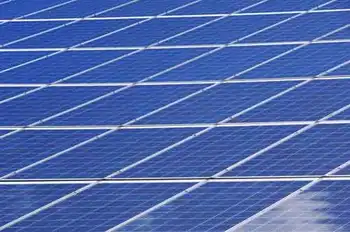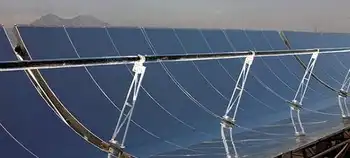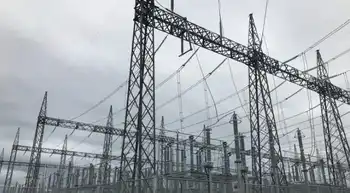AECL served a purpose, now it's time to sell it
By Globe and Mail
Protective Relay Training - Basic
Our customized live online or in‑person group training can be delivered to your staff at your location.

- Live Online
- 12 hours Instructor-led
- Group Training Available
People who've been reading the business pages, that's who. The fiasco in Chalk River, Ont., is no surprise to anyone who has followed MDS, which distributes isotopes used in treating disease, or Atomic Energy of Canada Ltd. (AECL), which supplies them. Eleven years ago, the two companies said they'd join forces to build two new reactors, Maple 1 and 2. The Maples were meant to replace the ancient NRU reactor that produces half of the world's medical isotopes.
If they were operating today, there would have been no crisis. AECL chief executive officer Michael Burns might still have his job; he quit December 14. And those who still think it's a swell idea for taxpayers to back a bungling seller of nukes might still have a leg to stand on. They don't. The case for privatization has never been stronger.
The Maples were supposed to be running by 2000. We're still waiting. They were supposed to cost $140-million. By early last year, the costs were some $400-million and AECL had to pay tens of millions to MDS in an arbitration settlement. Understand, please, that these are not monster nuclear generating plants. The Maples are small and simple - as much as any nuke can be called simple - designed to do only one task. If AECL can screw that up, what good is it?
The situation reached a critical point when the feds' nuclear safety watchdog, the Canadian Nuclear Safety Commission, shut down the 50-year-old NRU plant because AECL had failed to follow orders to install new backup power systems. The government balanced the risks - a minuscule chance of a nuclear meltdown, versus thousands of angry and upset sick people - and decided to fire up the reactor again. But as Mr. Burns' resignation makes clear, it was no victory for AECL.
If anything, the saga is a window on why the Crown Corp. should be carved up and sold. This isn't the first time Parliament has had to come to its rescue, after all. AECL, thanks in part to disasters like the Maple cost overruns, doesn't pay for itself, never has, and probably never will, as long as it's under Ottawa's wing. Energy Probe, a Toronto-based research group on energy issues, last year calculated that taxpayers have put $21-billion into the old beast since 1953, contributing about $75-billion to the national debt. "I would love an outcome where I (as a taxpayer) stop owning AECL," said Norm Rubin, the organization's director of nuclear research.
Energy Probe has an anti-nuke bias, so perhaps that's what you'd expect him to say. But he's right when he says there's no sign of an end to the subsidies. Crown status also can make it awkward when there are safety concerns. AECL reports to Natural Resources Minister Gary Lunn. The nuclear safety watchdog is independent, but technically, it also reports to Parliament through the same minister. Can Ottawa properly regulate a company that it also owns? "All of Parliament was in a conflict (on the NRU legislation)," Mr. Rubin claims, "because Parliament owns the reactor."
The Conservatives are launching a formal review of AECL. And while that's the right move, the Tories would be wise not to let it linger too long. Nuclear power is back in vogue. Some predict the U.S., which hasn't approved a new nuclear site since the Three Mile Island accident in 1979, might build a dozen or more new reactors in the coming years. Energy-rich Alberta is talking about nukes; Ontario will be building new nuclear power as well, to replace old plants and the coal-fired electricity the province wants to shut down by 2014.
Ontario already relies on nukes for about half of its power, and all of them were built with AECL's Candu technology. What about in the future? A nuke is a marriage to last a lifetime. It's a 50-year commitment, at least. No one's going to buy from a company that might not exist in five years' time. The uncertainty surrounding AECL's future is one thing keeping the province from getting moving, which it desperately needs to do, because it takes at least a decade to get a new nuclear generator approved and built.- AECL once served a useful purpose. It got a domestic nuclear industry off the ground. But there's no reason to believe that selling it to General Electric or France's Areva would mean the end of employment for thousands of engineers and scientists in AECL's employ. A private company would need those people, too. It just wouldn't need - we hope, at least - the billions of tax dollars that AECL consumes. Time to sell it.





